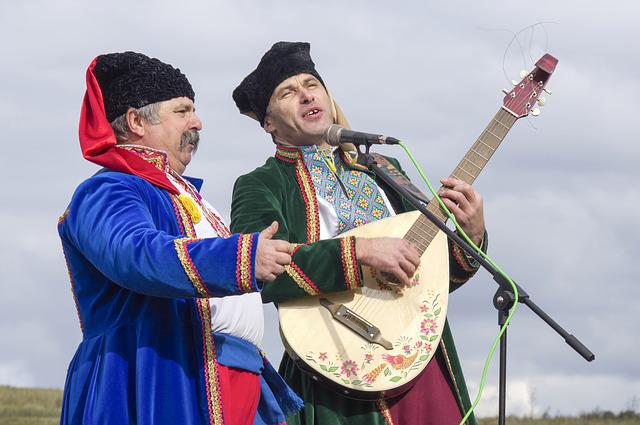India is considered to be a music lover’s paradise. With a rich history of music culture and the origin of several music genres and instruments, the country’s culture is closely intertwined with music. From the northernmost Kashmir to the southernmost Kanyakumari, all across the country, music is popular, just a little more than anywhere else in the world.
From centuries ago to today, the music scene in India has only transformed without any decline in its popularity or practice throughout the country.
India And Its Music History
Several centuries of history in music play a larger role in the music scene of the Indian subcontinent than in any other culture across the globe. The country might just be the only place in the world where you see the modern rockers and dancehall DJs of modern times, along with their years-old forebears accompanying them. The country offers a music scene where you witness a blend of pumping beats and electric guitar riffs with the soulful tune of finely handcrafted instruments.
Music is deeply ingrained in India’s culture. You can find musical instruments at archaeological sites dating back as early as 2500 BC. Cave drawings and wall carvings in various Indian monuments also depict dancers and musical instruments, which can be some 10,000 or 20,000 years old.
The Modern Indian Music Scene And What To Know About It
The millennia of music culture in India that have passed make it quite unsurprising that the Indian music scene would be very dynamic and evolved in modern times ranging across different genres from folk and early classical to rock, pop, and electronic music. Indian music’s influence is witnessed in the music created all across the globe.
The huge number of instruments and subgenres originating in the country makes Indian music very popular. India also popularises unique instruments like the sarod, sitar, sarangi and tabla, and many others. Music in India is not just a choice between the more popular folk and Bollywood dance numbers. It is extremely versatile, ranging from Western bands of the ’60s to folk music inspired by American and European performers.
Over the past few years or decades, several music-oriented TV channels have been introduced, making way for the popularity of modern music and musicians. Along with that, names of bands like Parikrama, Still Waters, Coshish, and Underground Authority have also come to the center stage of the Indian music scene. In recent times, hip-hop artists like Divine, Naezy, and Brodha V have also popularised the genre in mainstream Indian culture.
Notable Indian artists like Sunidhi Chauhan, Shreya Ghoshal, Kumar Shanu, and the 70s hit singers Kishore Kumar and Mohammad Rafi, as well as modern bands like Euphoria, can also not be forgotten along with the early classical Indian artists who paved the way for them.
Ending Note
Indian music goes far beyond what’s pointed out above, and the versatility, dynamic nature, and superior diversity of Indian music can not just be explained in words but has to be experienced by a true music enthusiast. The Indian music scene has much to offer to lovers who want to explore an exceptional music experience.
